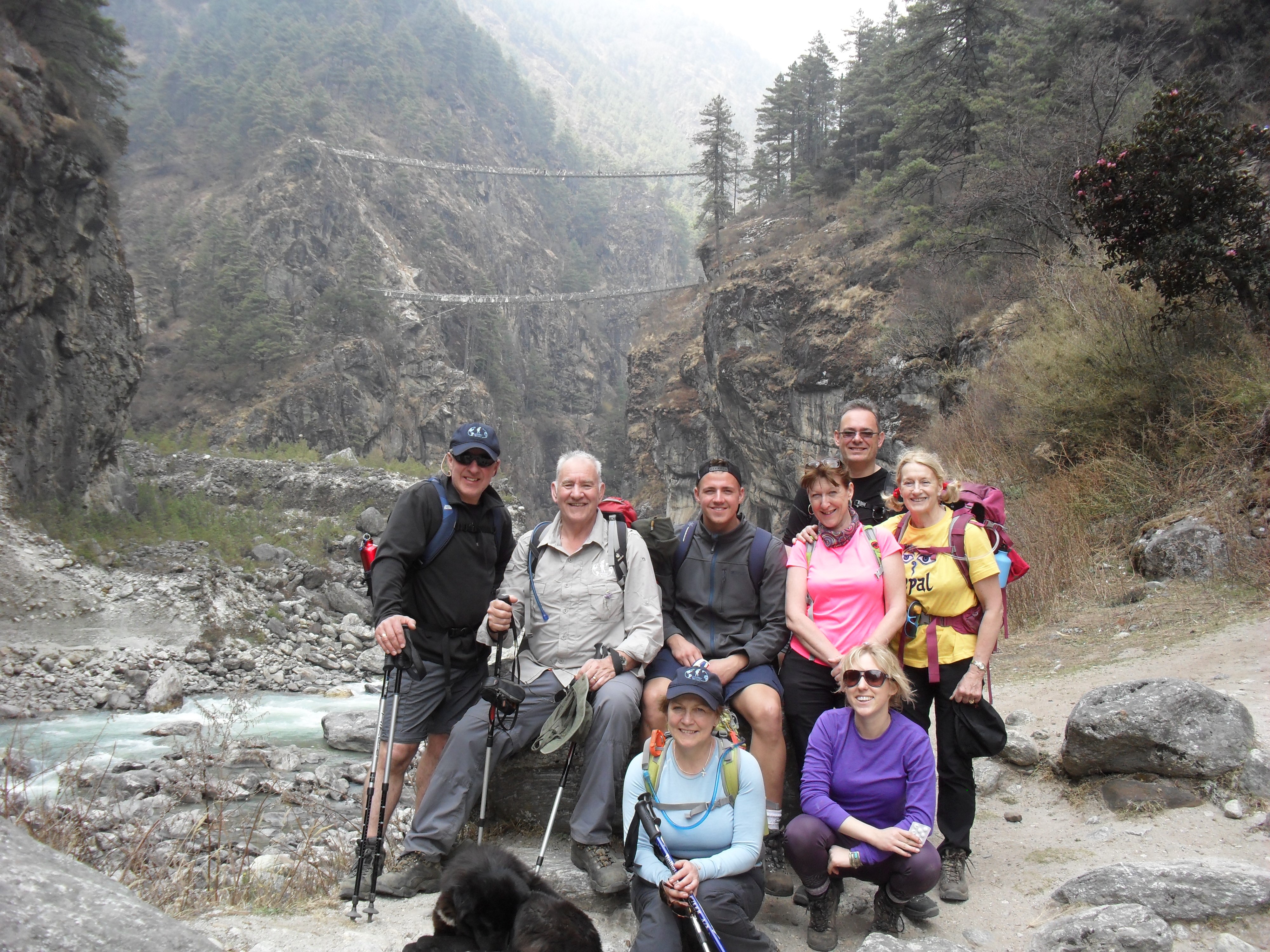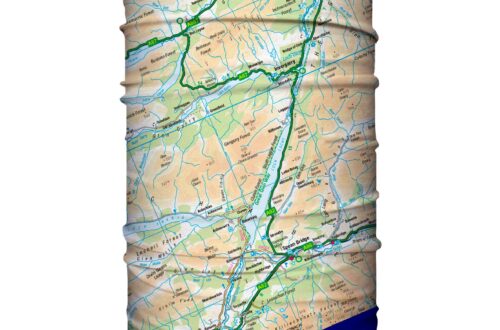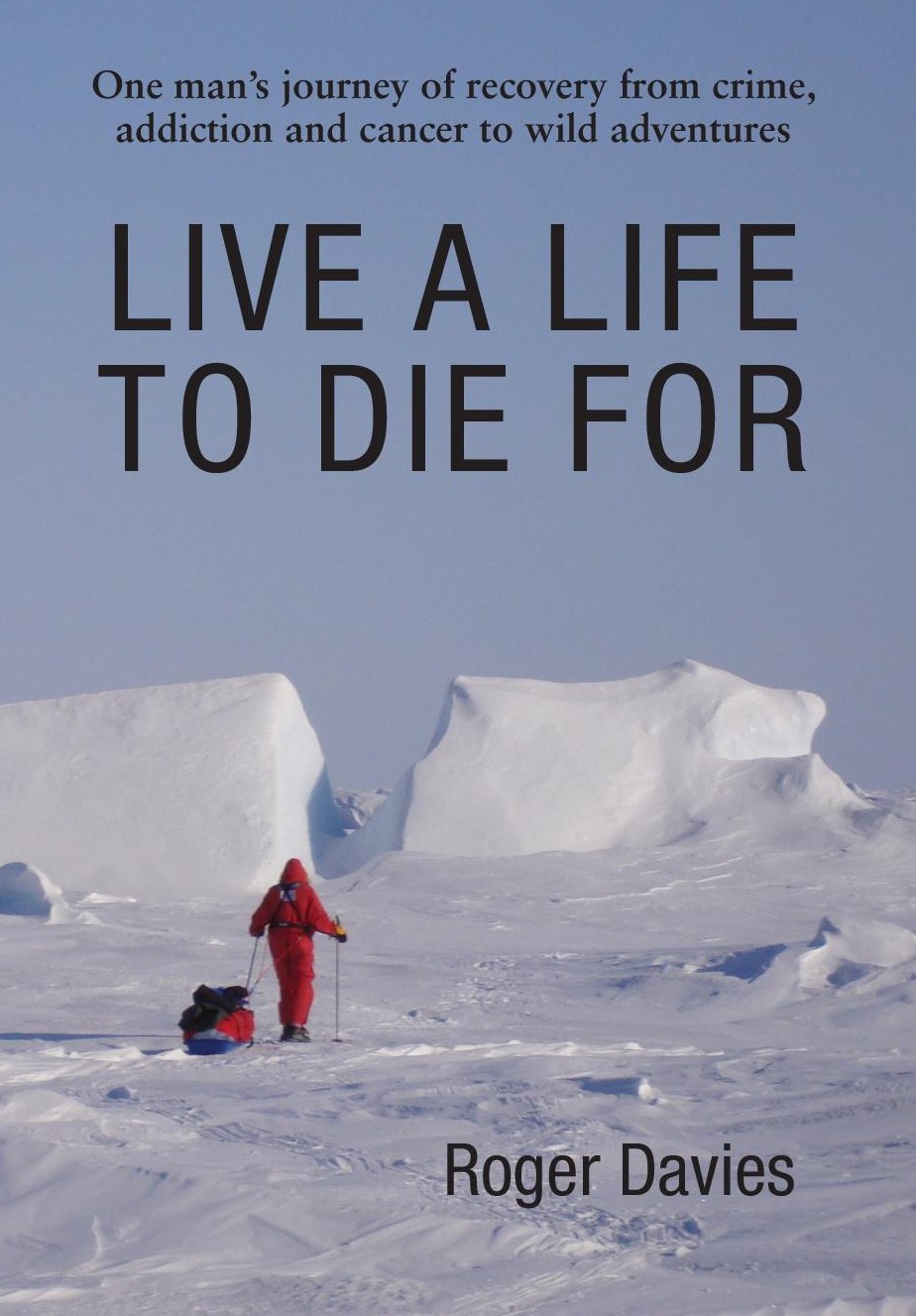Useful Guide for Setting Boundaries in Recovery
Boundaries in Recovery are essential for protecting your mental, emotional, and physical well-being as you heal from addiction, trauma, or any form of personal growth. They help you establish what is and isn’t acceptable in your relationships, behaviours, and environment.
Healthy Boundaries
Creating distance is one of the healthiest ways I can protect myself and nurture my growth without compromising my values. It’s not about control; it’s about honouring my needs and safeguarding my emotional space by limiting interactions with those who trigger stress, guilt, or self-doubt. Being mindful of the information, conversations, and influences I allow into my life helps shape a positive and resilient mindset. Boundaries, whether physical, emotional, or material are essential for building a strong foundation of self-respect and long-term well-being.
Fostering Healthy Relationships
Boundaries are the foundation of my healthy relationships. They allow me to communicate my needs clearly and prevent enabling behaviours, co-dependency, or manipulation, fostering more balanced and respectful interactions.
Prioritising the needs of my body and mind, whether through rest, personal space, or avoiding situations that threaten my recovery, it strengthens my commitment to healing and growth. By honouring these boundaries, I create a healthier, more fulfilling life for myself and those around me.
Encouraging Accountability
In recovery, setting boundaries is essential for holding both yourself and others accountable. Establishing clear limits helps you stay aligned with your goals by distancing yourself from people, places, or situations linked to old habits. Prioritise environments that support your recovery and surround yourself with individuals who uplift and encourage your journey rather than challenge it. If you’re recovering from addiction, set firm guidelines on where you go and what you engage in, ensuring your choices reinforce your commitment to healing and growth.
Setting Boundaries in Recovery
Setting boundaries in recovery is incredibly important because it helps create a supportive environment for healing and growth. Here’s why:
Protecting Your Progress
Recovery is a vulnerable time when you’re working hard to make positive changes. Boundaries help shield you from triggers, toxic influences, or situations that could derail your progress. Stay away from environments, people, or routines that might tempt you into relapse. Identify what overwhelms you and create coping strategies to protect your mental well-being. Set limits on responsibilities by not over committing to work, social events, or obligations that could jeopardise your recovery.
Prioritizing Your Needs
In recovery, your well-being has to come first. Boundaries ensure you have the time, space, and energy to focus on yourself, whether that means saying no to others or stepping away from unhealthy dynamics. Set limits on responsibilities by not over committing to work, social events, or obligations that could jeopardise your recovery.
Rebuilding Self-Respect
Setting and maintaining boundaries shows self-respect and teaches others how to treat you. This can be especially empowering if past behaviors or relationships eroded your sense of worth. Stick to routines, commitments, and self-care habits that support your progress. Be mindful of negative thoughts and replace them with self-compassion. Hold yourself responsible for maintaining these boundaries and seek support when needed.
Reducing Stress and Overwhelm
Recovery can feel overwhelming, and boundaries help manage that. By limiting how much you take on emotionally, physically, or socially, you create a calmer, more stable environment for healing. Boundaries only work if you uphold them regularly. Always seek support, whether through therapy, support groups, or trusted individuals, having a network helps reinforce boundaries. It’s okay to put yourself first in recovery.
Ultimately, boundaries are a powerful tool for safeguarding your recovery, building self-awareness, and creating a life where your well-being and values come first.
Ultimate Test of Boundaries
In 2009, James Trotman and I shared a tent in the Arctic, enduring temperatures of minus 35 degrees Celsius—and sometimes even colder. It wasn’t just about having someone to talk to; it was about critical survival and teamwork in one of the most extreme environments on Earth.
Spending 25 days in a small, freezing space together was an intense bonding experience. It tested patience and required a delicate balance of respecting personal boundaries, sharing chores fairly, and maintaining good humor. These weren’t just niceties—they were essential to keeping us both mentally and physically prepared for the challenges we faced.
In such extreme cold, mistakes can be fatal. Sharing a tent meant mutual reliance: I had to trust James’s judgment and calmness under pressure, whether it was fixing crucial equipment or handling the threat of a hungry polar bear. That trust worked both ways, as he depended on me just as much.
Mental resilience became as important as physical endurance. We pooled resources and practical skills, supporting each other to not just survive, but adapt and thrive in a hostile environment. I’ve come to realize that what held us together was a balance of necessity, safety, camaraderie, and trust. In those conditions, “roommate issues” transcend minor annoyances ,they can escalate into matters of life and death.
Yet, with good planning, mutual respect, and open communication, sharing a tent in such an environment can become one of the most meaningful and memorable aspects of an adventure. For James and me, it was exactly that.
**I am excited to share the captivating story of my extraordinary journey with you.
Also my How-To Becoming a Fearless Adventurer



